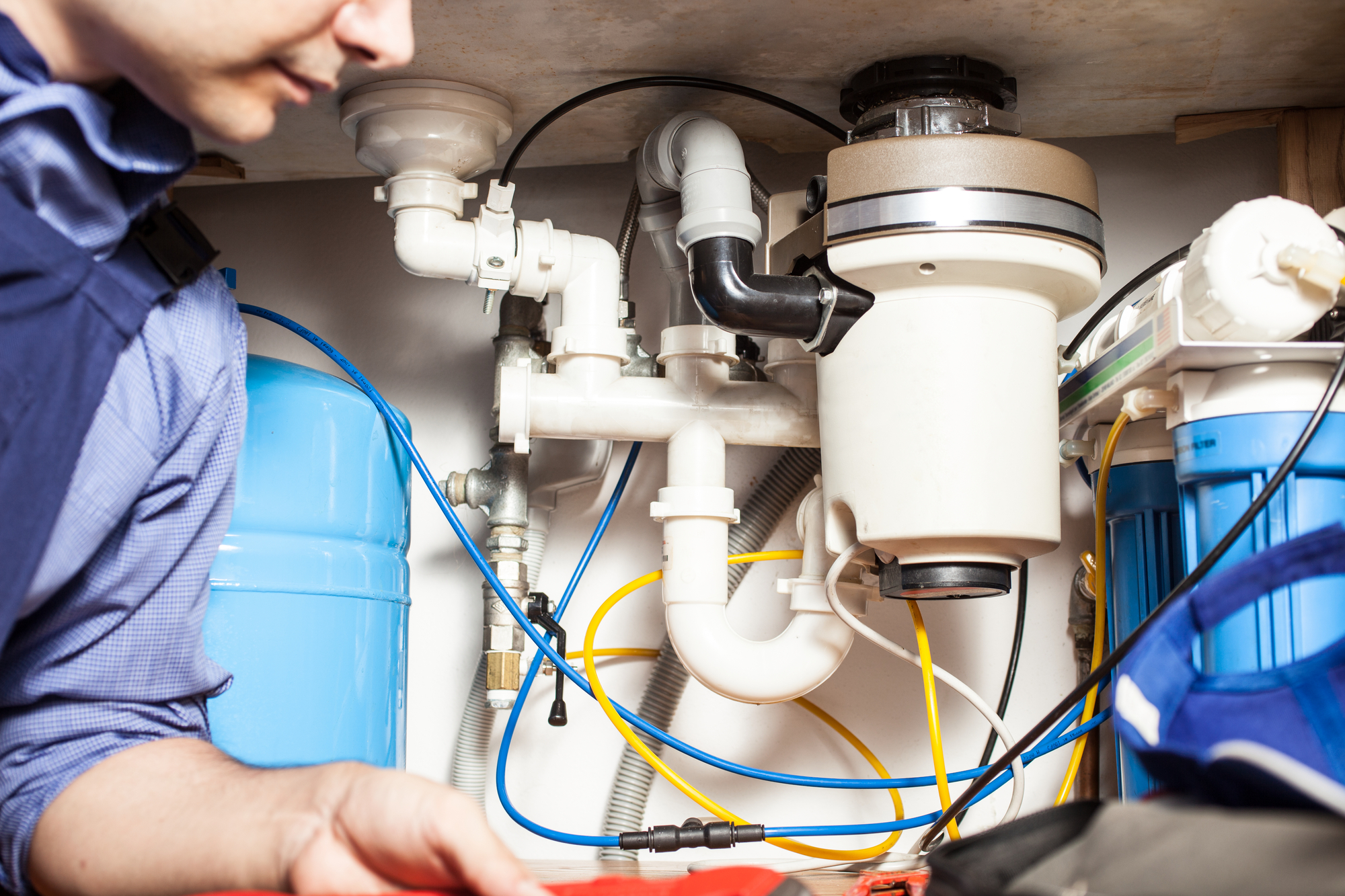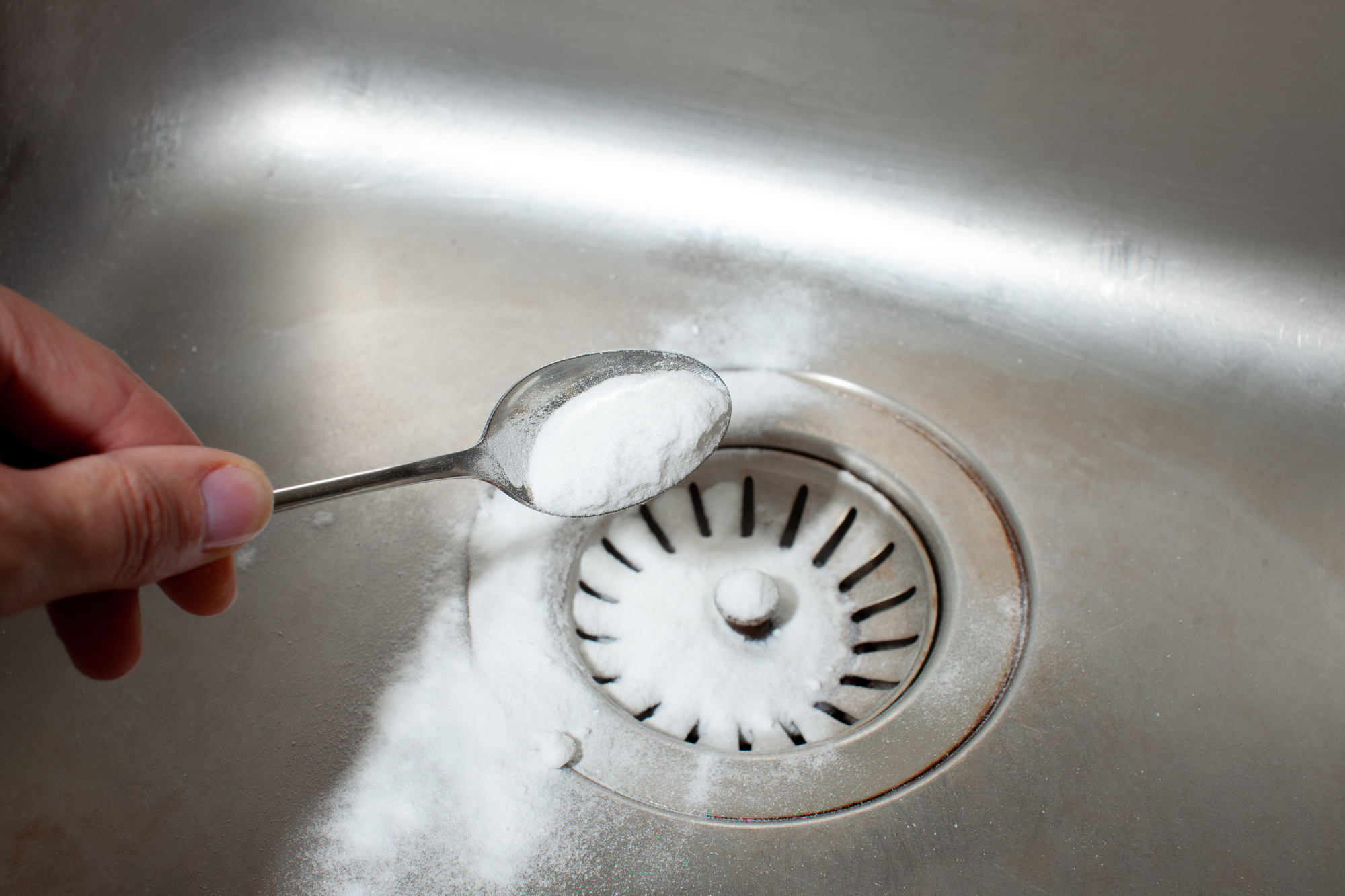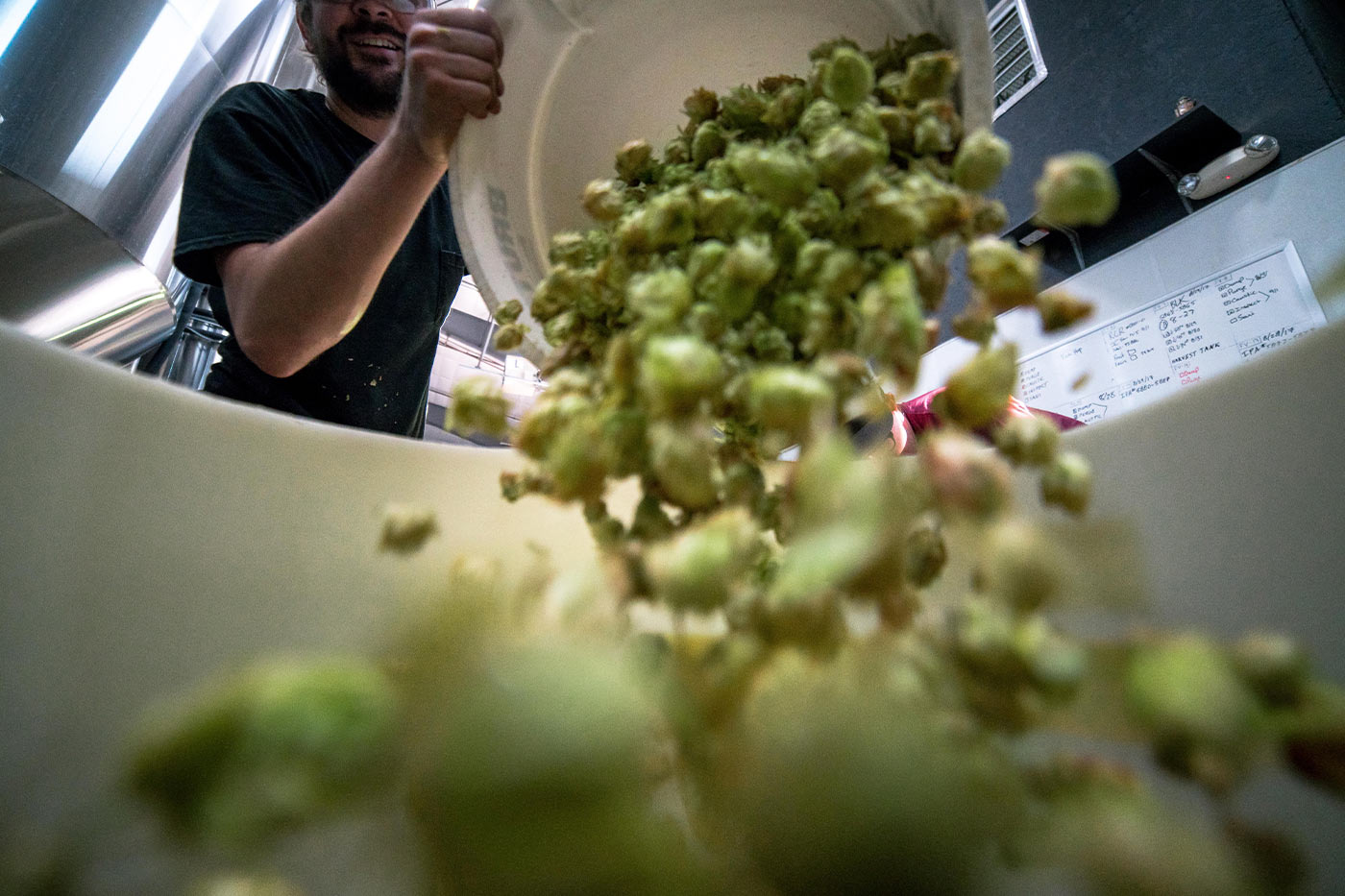Welcome to our latest blog post where we delve into the intriguing question: Is garbage disposal plumbing or an appliance? This query often puzzles homeowners and DIY enthusiasts alike. Garbage disposals, found beneath kitchen sinks, play a crucial role in our daily kitchen chores by grinding up food waste. But what exactly are they classified as? Are they a part of your home’s plumbing system, or do they fall under the category of household appliances? Understanding the nature of garbage disposals is essential for proper maintenance, troubleshooting, and when considering upgrades or replacements. Join us as we explore the fascinating world of garbage disposals and their place in our homes.
Understanding garbage disposal units
Garbage disposal units, typically installed under kitchen sinks, serve as efficient waste management tools in modern homes.
These devices connect the sink’s drain and the trap, offering a convenient way to handle food waste. By design, they shred this waste into tiny fragments, small enough to pass through plumbing without causing clogs or other issues.

This process not only simplifies kitchen clean-up but also contributes to more environmentally friendly waste disposal methods.
The functionality of garbage disposals revolves around their electrically powered motor, which drives the blades to grind food scraps.
Despite their simple operation, these units embody a sophisticated blend of both plumbing and appliance characteristics.
This dual nature is essential to consider for installation, maintenance, and troubleshooting, ensuring the unit integrates seamlessly into the kitchen’s existing infrastructure while providing reliable and effective service.
Is garbage disposal plumbing or appliance?
The answer isn’t straightforward and depends on how you look at it. Technically, garbage disposals are appliances.
They are electrically powered devices designed to perform a specific task—in this case, grinding up food waste. This classification is essential when considering aspects like purchase, installation, and warranties.

However, they’re also an integral part of a home’s plumbing system. Once installed, they become a permanent fixture connected to the plumbing and play a crucial role in waste management.
When should you consider garbage disposal installation?
Considering the installation of garbage disposal in your kitchen can be a game-changer in terms of convenience and waste management. Here are key scenarios when you should consider installing one:
1. Frequent kitchen use:
If you cook often and generate a significant amount of food waste, a garbage disposal can make cleanup much easier and more efficient.
2. Desire for Eco-Friendly waste disposal:
Garbage disposals reduce the amount of food waste ending up in landfills, as ground waste can be processed through water treatment systems. This is a greener alternative to traditional waste disposal methods.
3. Upgrading kitchen facilities:
When renovating or upgrading your kitchen, adding a garbage disposal is a smart move. It modernizes your space and adds value to your home.
4. Issues with current waste disposal methods:
If you’re experiencing challenges with your current method of waste disposal, such as frequent trash removal or pests attracted to food waste, a garbage disposal can alleviate these issues.
5. New home construction:
Incorporating garbage disposal into a new home build is easier and more cost-effective than retrofitting one into an existing kitchen. If you’re building a new home, consider including a garbage disposal in your kitchen design.
6. Limited space for trash:
In smaller homes or apartments where space for trash cans is limited, a garbage disposal can help manage waste more effectively and free up space.
7. Local regulations allow it:
Some areas have specific regulations regarding garbage disposal. If your local regulations permit their use, it’s a great opportunity to enhance your kitchen’s functionality.
8. Efficient meal prep and clean-up:
If your lifestyle involves quick meal preparation and clean-up, a garbage disposal can significantly streamline these processes, saving time and effort.
In these scenarios, installing a garbage disposal is not only a matter of convenience but also an environmentally responsible and practical decision for effective kitchen waste management.
Installation tips for garbage disposal systems
Compatibility Check: Ensure the new disposal is compatible with your sink and plumbing setup.
- Remove Old Unit: If replacing an old disposal, carefully remove it and clean the sink flange area.
- Install the Flange: Apply the plumber’s putty around the sink flange, then place it into the drain hole. Secure it from below.
- Mount the Disposal: Attach the disposal unit to the flange assembly. Most units twist and lock into place.
- Connect Plumbing: Attach the disposal’s drain pipe to your home’s plumbing. Use a P-trap if necessary.
- Electrical Connections: If your disposal is hardwired, connect the wires (black to black, white to white, and ground to green). If it plugs in, simply plug it into a grounded outlet.
- Test for Leaks: Turn on the power and water, then run the disposal to check for leaks. Tighten any connections if necessary.
- Clearance Check: Ensure there’s enough space under the sink for storage and the operation of the disposal.
- Review Instructions: Always read the manufacturer’s installation instructions, as there may be model-specific steps or requirements.
Following these steps can help ensure a successful installation of your garbage disposal system, providing you with a convenient and efficient way to manage kitchen waste.
Maintenance and troubleshooting garbage disposal systems
Maintaining and troubleshooting a garbage disposal system is key to its longevity and efficiency. Regularly clean the unit to prevent odor and buildup; this can be done by running cold water and mild dish soap through the disposal.
It’s also beneficial to occasionally grind ice cubes and citrus peels to clean and freshen the blades. If the disposal becomes jammed, turn off the power and use a wrench to manually rotate the blades and dislodge any obstructions.
For electrical issues like a non-responsive unit, check the reset button located on the bottom of the disposal; this often resolves minor issues.
From a plumbing perspective, regularly inspect for leaks under the sink where the disposal connects to the drainage system.
Ensure all fittings are tight and the seals are intact. If the disposal is not grinding effectively or seems to clog frequently, it may indicate a dull blade or a plumbing blockage.
In such cases, consulting a professional is advisable to diagnose and resolve the issue without causing further damage to the system.
Conclusion
In conclusion, the debate of is garbage disposal plumbing or appliance? reveals that garbage disposals are a unique blend of both. As an appliance, they offer the convenience and functionality of a kitchen gadget, powered by electricity to manage food waste efficiently. Simultaneously, their integration into the home’s plumbing system highlights their role in efficient waste disposal and kitchen hygiene. Understanding this dual nature is crucial for proper installation, maintenance, and troubleshooting. Whether viewed as an appliance or part of the plumbing, garbage disposals undeniably contribute to a more streamlined and cleaner kitchen experience.






